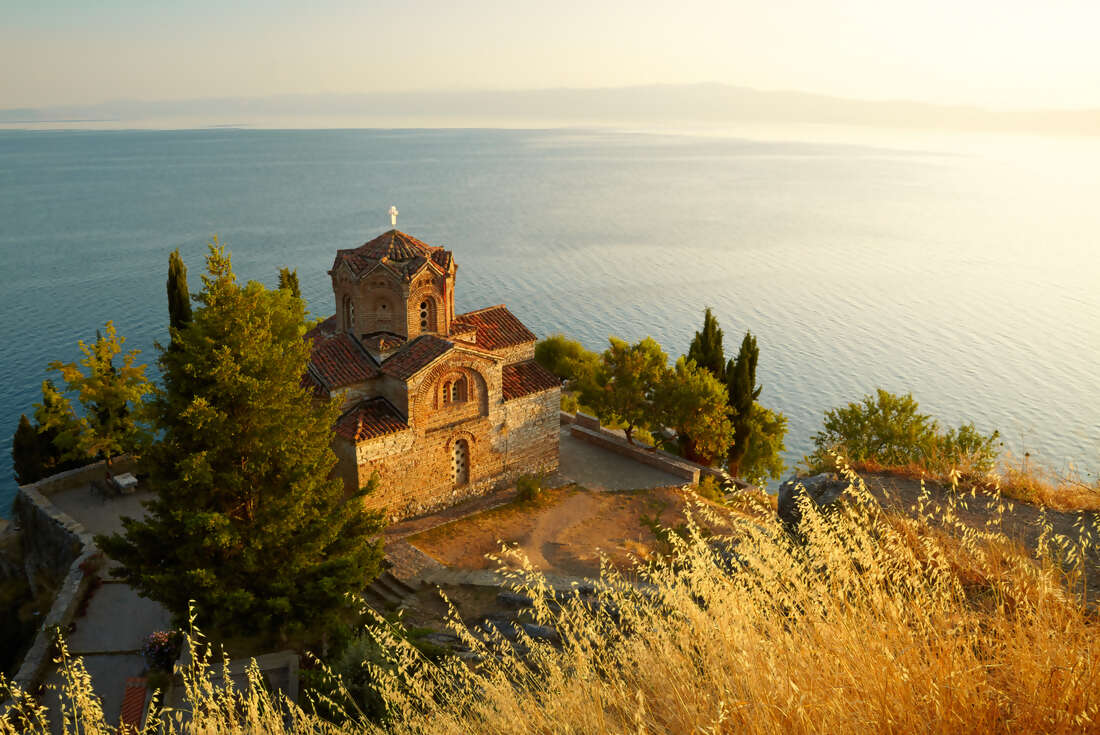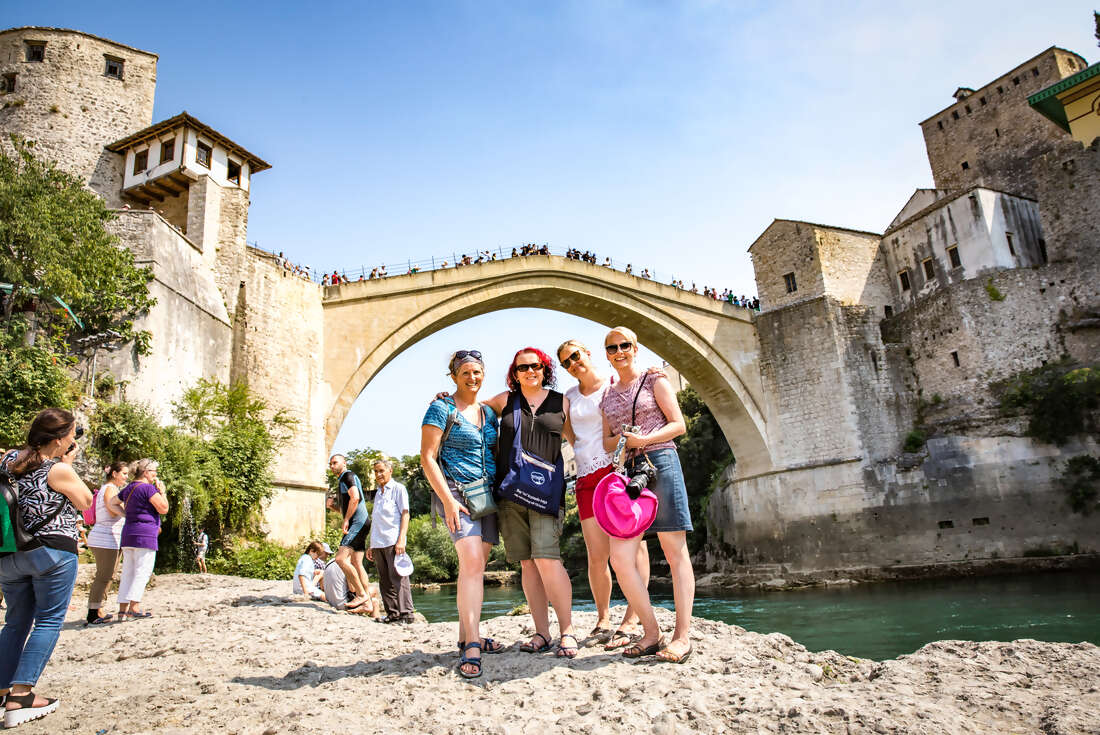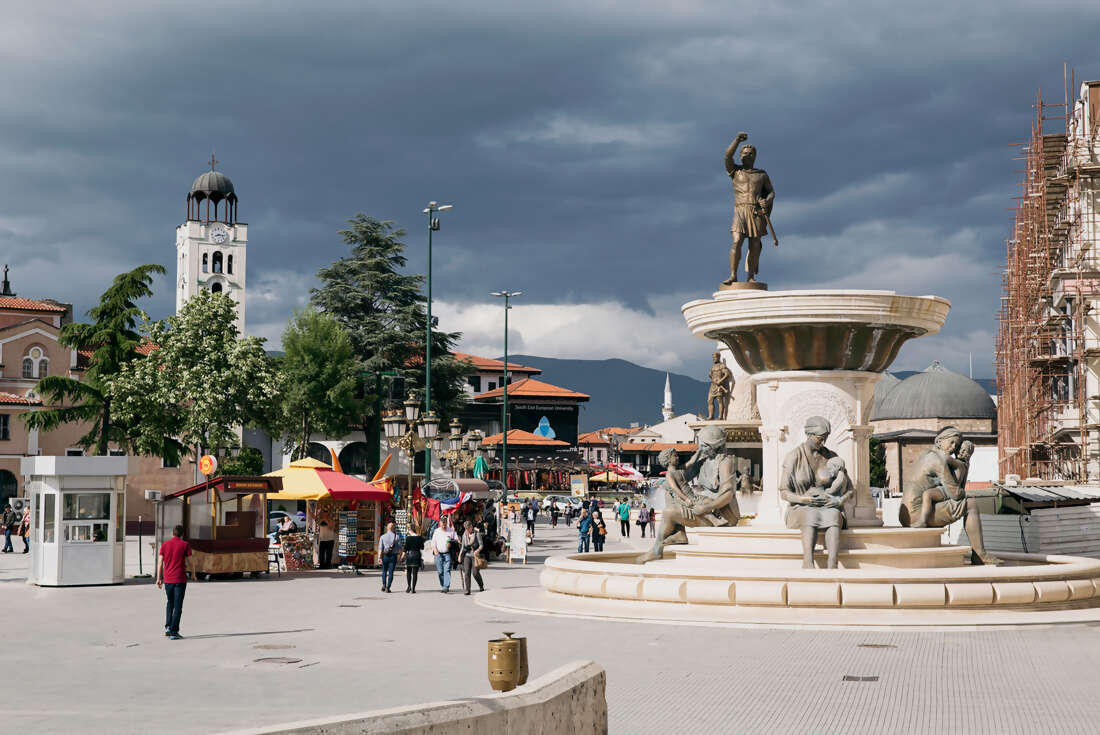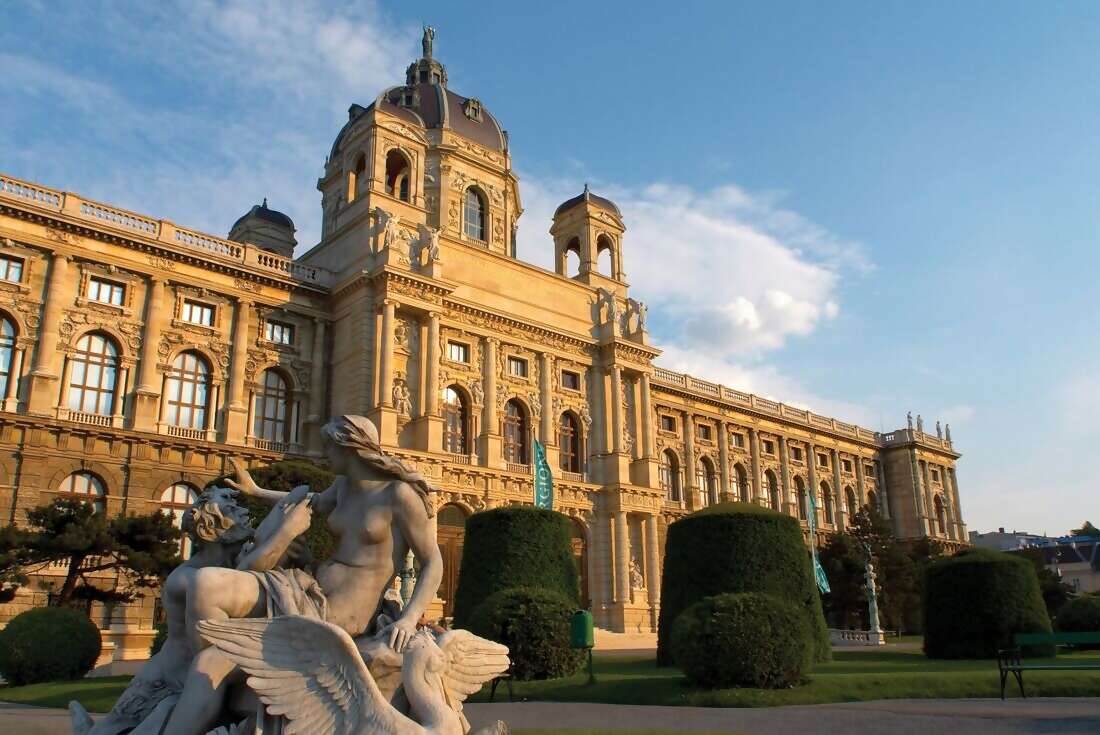 This European adventure combines the must-sees of the Balkan region and the lesser-known glories of Macedonia and Albania – creating the perfect balance between old and new. Hang out in Dubrovnik's Old Town, cruise around Lake Ohrid, hike the foot hills of Mt Olympus and in Pelister National Park, and sample some regional specialties in Greece's capital. You’ll experience the Adriatic coastline and the Balkans interior on a 15-day regional wrap from Dubrovnik to Athens. With a curated selection of inclusions and plenty of free time, this slice of Europe is all yours to explore.
This European adventure combines the must-sees of the Balkan region and the lesser-known glories of Macedonia and Albania – creating the perfect balance between old and new. Hang out in Dubrovnik's Old Town, cruise around Lake Ohrid, hike the foot hills of Mt Olympus and in Pelister National Park, and sample some regional specialties in Greece's capital. You’ll experience the Adriatic coastline and the Balkans interior on a 15-day regional wrap from Dubrovnik to Athens. With a curated selection of inclusions and plenty of free time, this slice of Europe is all yours to explore.Highlights
Admire the World Heritage-listed architecture of Dubrovnik and Montenegro’s Kotor, climbing along their ancient city walls.
Loose yourself in Tirana, Albania's colourful capital, and partake in the local's favourite pastime: drinking coffee and people-watching.
Sail across the blue waters of Lake Ohrid – one of Europe's oldest lakes. No wonder Macedonia and Albania share this beautiful attraction; nobody would want to let it go!
Explore the endemic flora and fauna on an easy hike of Pelister: Macedonia’s oldest national park.
Hike the slopes of Mt Olympus, the ancient seat of the 12 Greek gods. According to mythology Zeus unleashed his thunderbolts from one of Olympus' peaks.







- You will visit the following places:
-

Dubrovnik
Dubrovnik is a gorgeous Croatian city on the Adriatic Sea coast positioned at the terminal end of the Isthmus of Dubrovnik. It is one of the most prominent tourist resorts of the Mediterranean and listed as a UNESCO World Heritage Site since 1979. The city is nicknamed "Pearl of the Adriatic". The success of Dubrovnik’s tourist industry has brought a certain degree of complacency and self-satisfaction. Certain aspects of the city’s appeal remain immune to tourist numbers, however, most notably the uniquely stunning setting and the unjaded straightforwardness of the Dubrovčani themselves.
-

Kotor
Kotor is a coastal town in Montenegro with a population of about 13,500. It is well-known for its World heritage medieval structures (including churches and fortifications) and its stunning natural setting at the very edge of the mountain-rimmed Kotor Bay. It is situated in a most secluded tip of Boka Kotorska bay, in the northern part of the Montenegro coast on the Adriatic Sea. Kotor has developed around Stari Grad (local language for "old town"), the city's old town and best known landmark, which is listed with UNESCO World heritage sites. Kotor Bay is the deepest natural fjord-like bay in the Mediterranean Sea, and the scenery around it (including the steep mountains which come almost straight down to the waters edge) is spectacular.
-

Tirana
Tirana - the capital of Albania, is known for its colorful Ottoman, Fascist and Soviet-era architecture. Pastel buildings surround the city's focal point, Skanderbeg Square, which is named for its equestrian statue of a national hero. It became Albania’s capital city in 1920. The population of the city proper at the 2015 census was 610,070 and the municipality of Tirana, created in 2015, has a total population of 800,986 (2015 census). The city is host to many public institutions and public and private universities, and is the centre of the political, economic, and cultural life of the country.
-

Athens